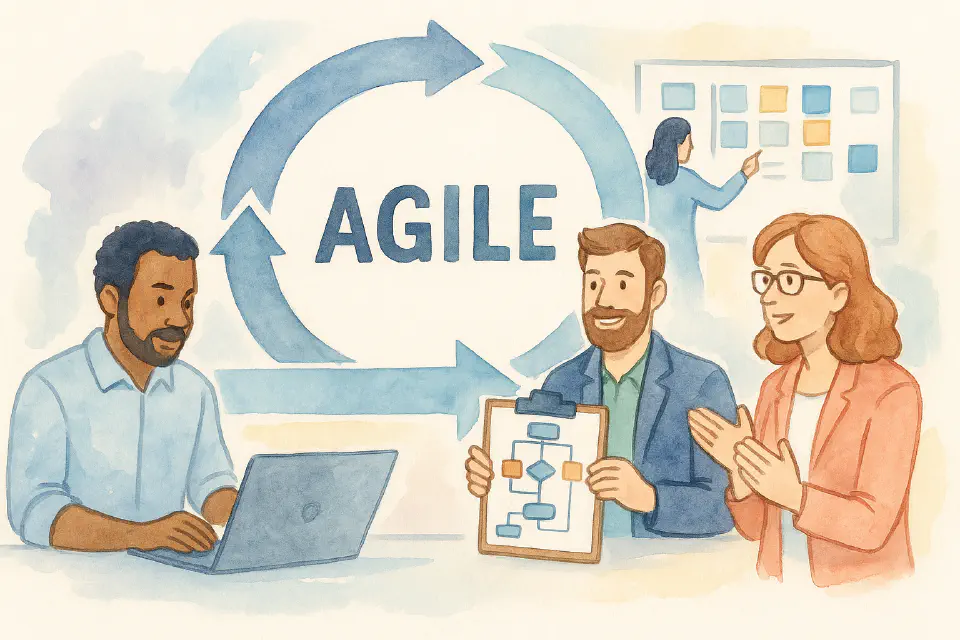
Agile HR & Product Teams
Agile isn’t just for tech teams anymore. HR is embracing product thinking, cross-functional squads, and iterative delivery to keep pace with change.
Traditional HR models often rely on siloed functions, lengthy project cycles, and one-size-fits-all solutions. But in a world defined by uncertainty and speed, this simply doesn’t work anymore. That’s why many HR teams are turning to agile and product-based operating models.
Why Agile in HR?
Organizations today demand faster cycles of hiring, learning, engagement, and workforce planning. At the same time, employees expect more personalized and intuitive services. Agile helps HR respond by:
- Focusing on outcomes, not just processes
- Prioritizing value delivery over perfection
- Involving end users (employees, managers) in design
- Reducing cycle time through iterative releases
- Promoting cross-functional teaming
It’s not just about using Kanban boards or running stand-ups—it’s a shift in mindset from “project delivery” to “continuous co-creation.”
HR as a Product Organization
In this model, HR shifts from a service provider to a product owner of employee experiences. Each area of HR—learning, onboarding, performance, wellbeing—is treated as a product, with:
- Clear value propositions (e.g. faster onboarding, better retention)
- Defined user personas (e.g. new hires, managers)
- Continuous feedback loops to evolve the offer
- Dedicated teams with autonomy to deliver
Typical Agile HR Structures
Agile HR structures often include:
- Squads: Autonomous teams focused on a specific product or process
- Chapters: Functional communities (e.g. recruiters, L&D) for skill development
- Tribes: Groups of squads that work in related domains (e.g. Talent Tribe)
- Product Owners: Responsible for prioritizing work and outcomes
- Scrum Masters: Facilitators of agile delivery and team performance
This matrix balances speed and specialization, allowing for greater adaptability.
Common Challenges
Agile HR requires:
- Shifting mindsets and leadership support
- Investment in team enablement (tools, skills, trust)
- Real autonomy, not performative agility
- Integration with legacy systems and compliance
Where It Works Best
Agile HR works especially well for:
- Global organizations with diverse user needs
- Rapidly scaling companies
- Transformation environments (e.g. post-M&A, tech adoption)
- Teams building digital or employee-facing tools
It’s less effective when:
- Regulatory constraints dominate delivery
- Team capacity is too limited to form squads
- Leadership is not bought-in
Agile ≠ Unstructured
Agile HR is not chaos—it requires strong role clarity, transparent backlogs, agreed rituals, and shared metrics. It also benefits from data-informed decisions and regular retrospectives to improve.
Agile as a Foundation
Agile principles also lay the groundwork for other modern models—including HR as a Platform and networked HR teams, which we’ll explore next. These models often build on agile but extend it into structures, governance, and digital ecosystems.